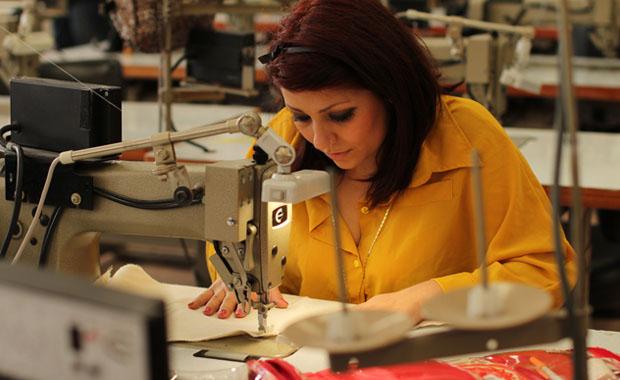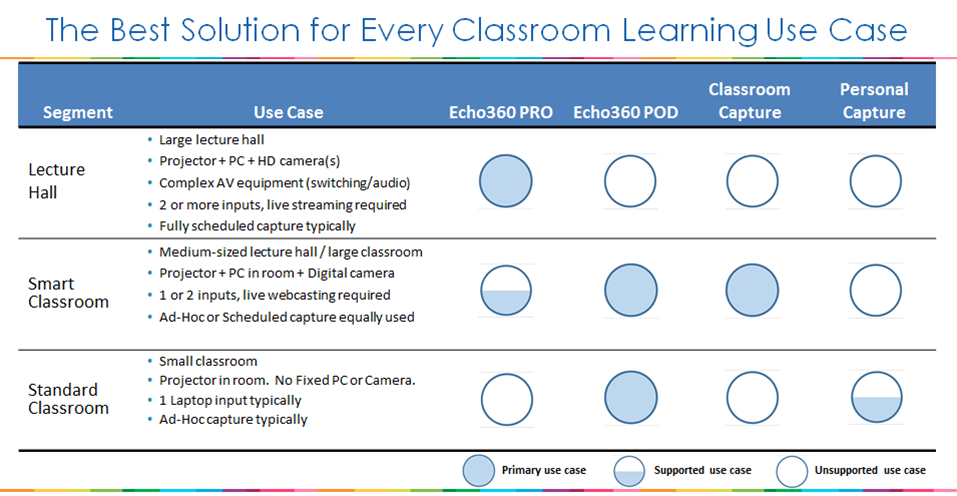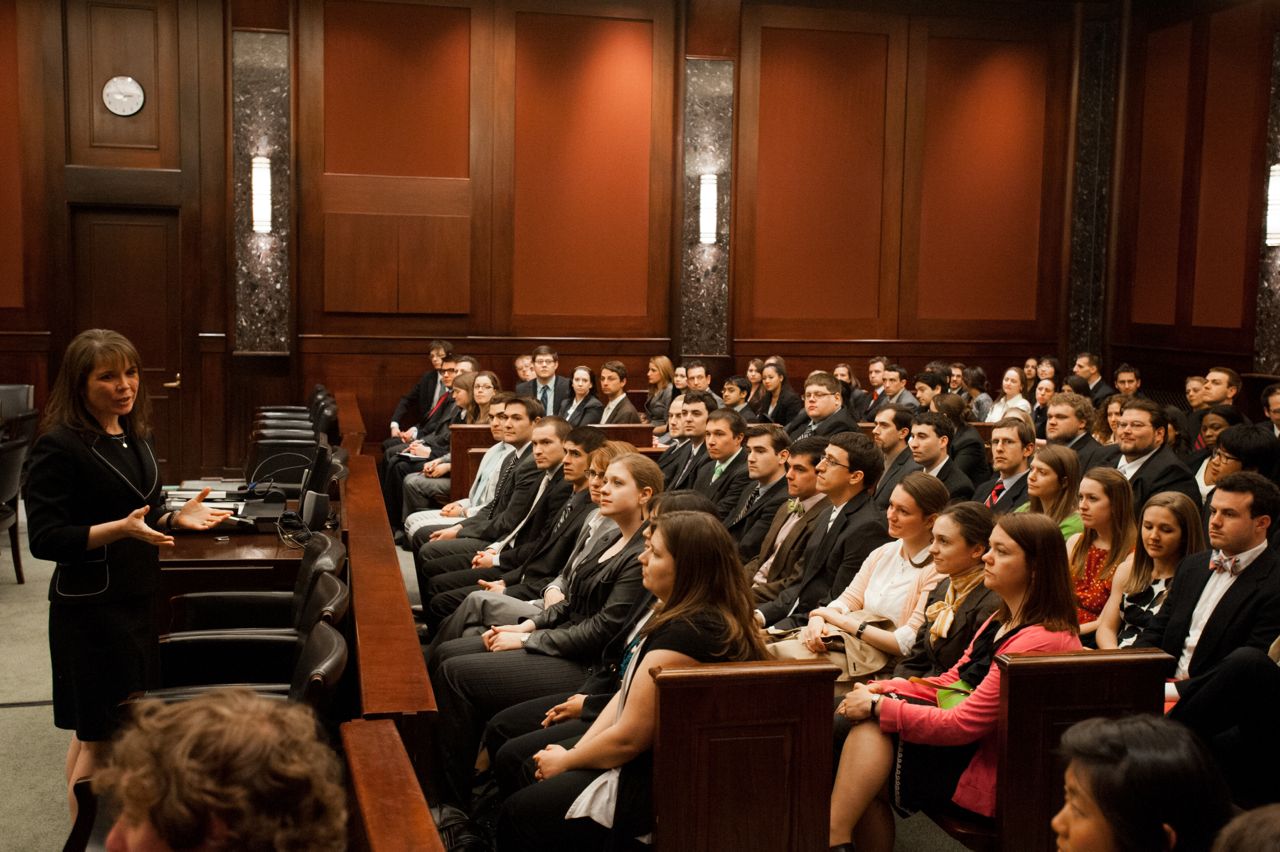Big Data, Predictive Analytics and Student Success

There is a saying that “what gets measured, gets improved.” Within higher education, there is a growing movement to use big data and predictive analytics to address challenges surrounding student retention, persistence, and success. Universities can use demographic data, past performance, and even financial information to identify students who may need additional help. We know a lot about what students have done, but much less about what students are doing.
But, what if we could use real-time information on the activities students perform in class? What if we could capture the number of notes students take, whether they have completed the reading assignment, or watched their class lecture? What if faculty had real-time information about whether their students were confused or didn’t understand the concepts being presented? What if course designers had information about student activity that allowed them to create courses that target student challenges and attention spans?
Just like activity trackers measure the number of steps we take, how many hours of sleep we get, what if we could measure student activities in the classroom? What if there was a Fitbit for the classroom?
Echo360 CEO Fred Singer writes about such possibilities and how we can “unlock the potential for a new era of big data analytics in education.” Per Singer, despite the technology “the teacher remains at the heart of learning.” Student engagement remains one of the greatest predictors of student success and teachers are in the best position to observe and influence that engagement. We just need to arm them with the data. He goes on to say that “by paying closer attention to great teaching, we stand to make powerful advances in how we understand and improve learning.”
Explore what may be possible. Read Fred Singer’s article What Higher Education Can Learn from Fitbit.


